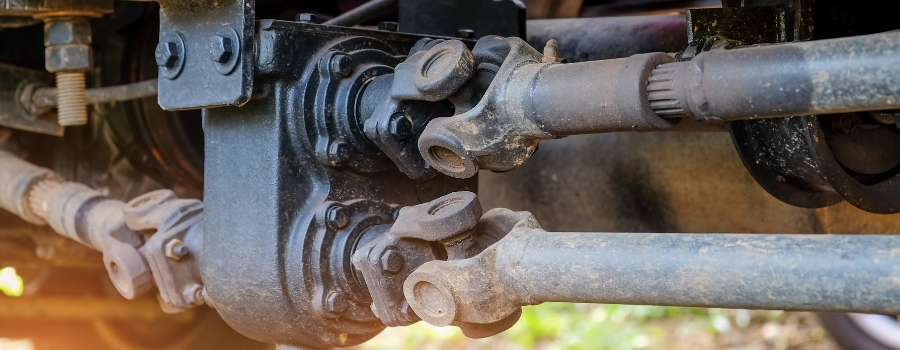Recent Posts
Flange Bearing Sizes and Applications
Posted by on

Have you ever wondered about how things were made, or how did one piece connect to the other piece? Maybe it was "How did THAT get in THERE"? Well, the answer in part often includes bearings as one of the contributors. For an inordinate number of production tasks, the bearing has kept things "rolling" smoothly. The Flange Bearing is one of those quiet but consistent parts that help make, connect, or implement industrial applications within the modern world, as well as in the not too distant past.
How Big Are Flange Bearings?
Most often, flange bearings (including the base) range between 1/2 inch to 3 inches in diameter. Not surprisingly, the bigger the flange bearing, the greater payload that is attributed to it in most cases. It should be noted that flange bearings are used almost exclusively for radial loads. These bearing types also come in three different bolting formats:
- Two Bolt Flange Bearing: Considered mostly as a "standard duty" bearing, with the two bolt mounts typically found on the outer ends of oval-shaped cast iron or stainless steel mounting bases.
- Three Bolt Flange Bearing: This version is usually found for some standard duty operations, but also for "light duty" tasks. The mounting base is often triangular in shape, with the three corners squared off. Some other styles include a round base with half-circle extensions where the bolts are mounted. Stainless steel and cast iron is again the prevalent composition for this flange bearing type.
- Four Bolt Flange Bearing: The four bolt flange bearing is typically found in a wide array of settings, including "heavy duty" applications. The surface base for this bearing style is most often square-shaped, with one bolt in each corner of the base. There are exceptions, however, such as the heavy duty piloted flange bearing, which has a round mounting base as opposed to square.
These bearings include anywhere from 2-4 set screws in most cases, which are used to add or diminish tension applied to whatever the bearing is holding (often a rod end of some type). The inner components are most frequently a widened inner ring that comes with a lock collar or a locking cam
What Are Flange Bearings Used For?
This list includes many of the more common and general locations that the flange bearing type may be found:
Conveyor Belts- Assembly line, airports, mills.
Automotive Industry- Anywhere a rotational "radial" load bearing is needed within auto factories.
Agricultural Machinery- Often found on balers, combines, and other farm equipment.
General Industrial- Miscellaneous industrial applications where a radial load is present.
Outside the Box- I've heard of these bearings being used on a pizza oven!
So there you have it. Hopefully, this article has given you some insight into the uses and sizes of flange bearings, as well as how they're constructed and where you might find them. If you're in need of flange bearings, or any other type of bearings, check out The Big Bearing Store and find every bearing type, style or design you could need, all in one place!

